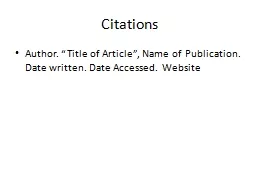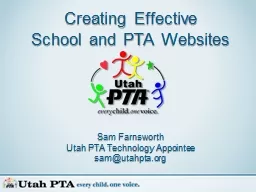PPT-CLICK TO ADD TITLE [DATE]
Author : medmacr | Published Date : 2020-06-30
SPEAKERS NAMES The 6th Global Health Supply Chain Summit November 18 20 2013 Addis Ababa Ethiopia CocaCola and Ghana Health Service learning from each other David
Presentation Embed Code
Download Presentation
Download Presentation The PPT/PDF document "CLICK TO ADD TITLE [DATE]" is the property of its rightful owner. Permission is granted to download and print the materials on this website for personal, non-commercial use only, and to display it on your personal computer provided you do not modify the materials and that you retain all copyright notices contained in the materials. By downloading content from our website, you accept the terms of this agreement.
CLICK TO ADD TITLE [DATE]: Transcript
Download Rules Of Document
"CLICK TO ADD TITLE [DATE]"The content belongs to its owner. You may download and print it for personal use, without modification, and keep all copyright notices. By downloading, you agree to these terms.
Related Documents

![PPT-CLICK TO ADD TITLE [DATE]](https://thumbs.docslides.com/790794/click-to-add-title-date.jpg)












